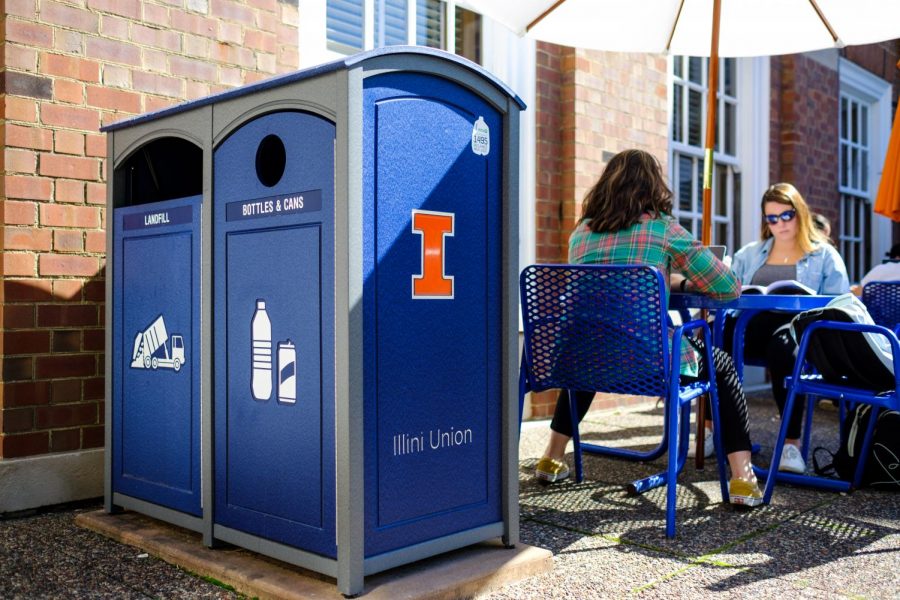Mailbag solar article: Suggestion for UI solar panels
"Why doesn't the company installing the solar panels at U of I put them over the parking lot? I would provide shade for the cars underneath and would eliminate having to kill whatever would be underneath them in the fields."
The best option for building solar panels is ground-mounted, said Morgan White, the associate director for sustainability at the University of Illinois.
"As part of our Climate Leadership Commitments the University of Illinois at Urbana-Champaign has a goal of producing at least 25,000 megawatt-hours (MWh) per year from on-campus solar," she said. "When we evaluated options for meeting this goal, rooftop solar, solar over parking areas, and ground-mounted solar were all considered. The most cost-effective option is ground-mounted solar, and it also allows for larger-scale installations.
"For a sense of the scale, the two solar farms will be a total of 75 acres, while the largest parking lot on campus is less than 15 acres.
"When installing solar panels over parking areas, there are additional infrastructure and labor costs to raise the solar panels above the ground level. Although we do not currently have any solar over parking areas, Facilities & Services is working with the Parking Department to evaluate potential locations for a pilot installation. We are also continuing to install rooftop solar on individual buildings."
Solar panels are on the following five Urbana campus buildings:
— Business Instructional Facility
— the Activities & Recreation Center
— Wassaja Residence Hall
— University High School Gymnasium
— Electrical and Computer Engineering (ECE) Building.
"I'd also like to emphasize that the ground-mounted solar panels do not harm the plants under them. After building the first Solar Farm, we learned that there was an excellent opportunity for growing useful plants under and around the panels," said White. "This is a great opportunity for creating a multi-functional ecosystem, with pollinator supportive plants and protected areas for small animals and insects."

